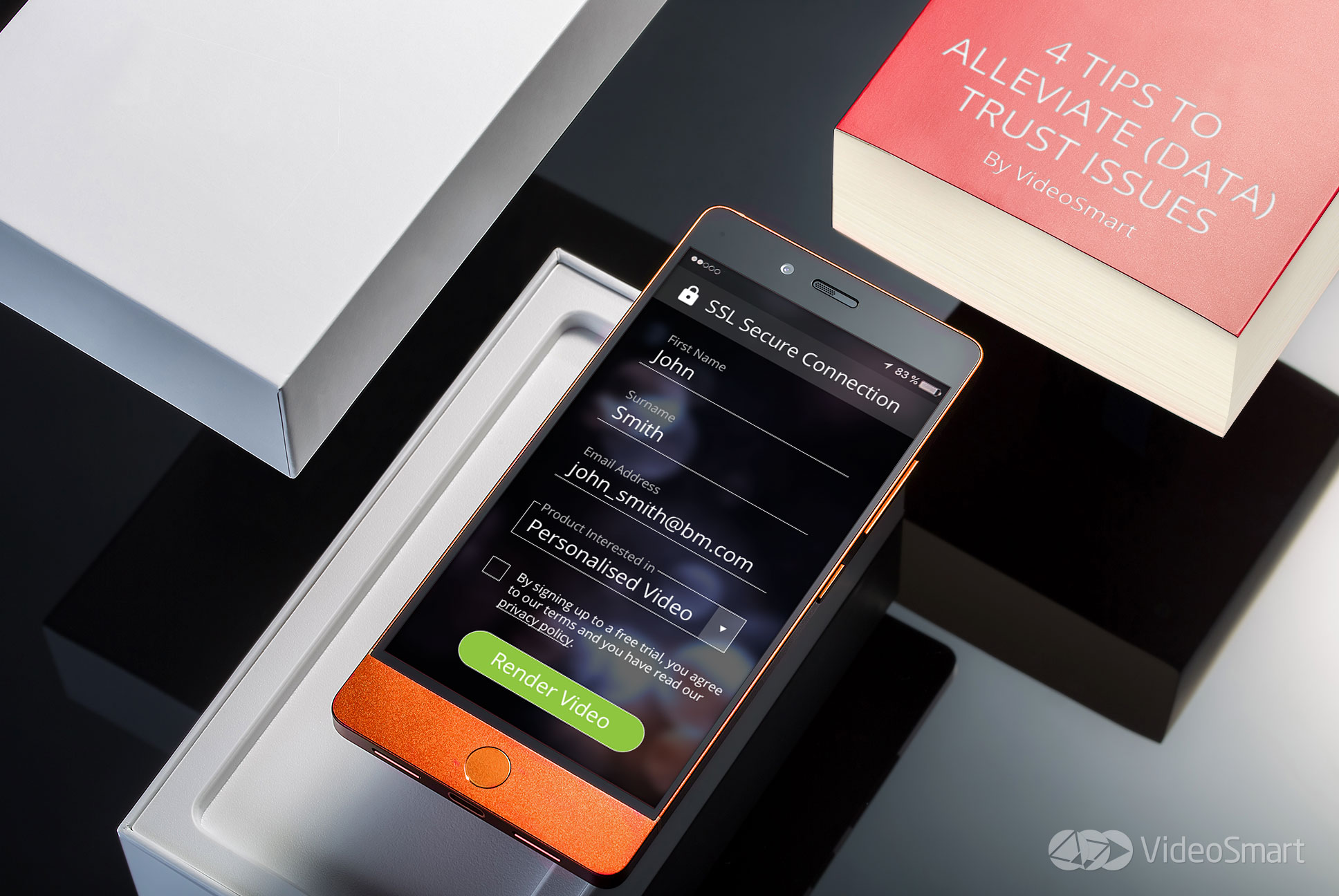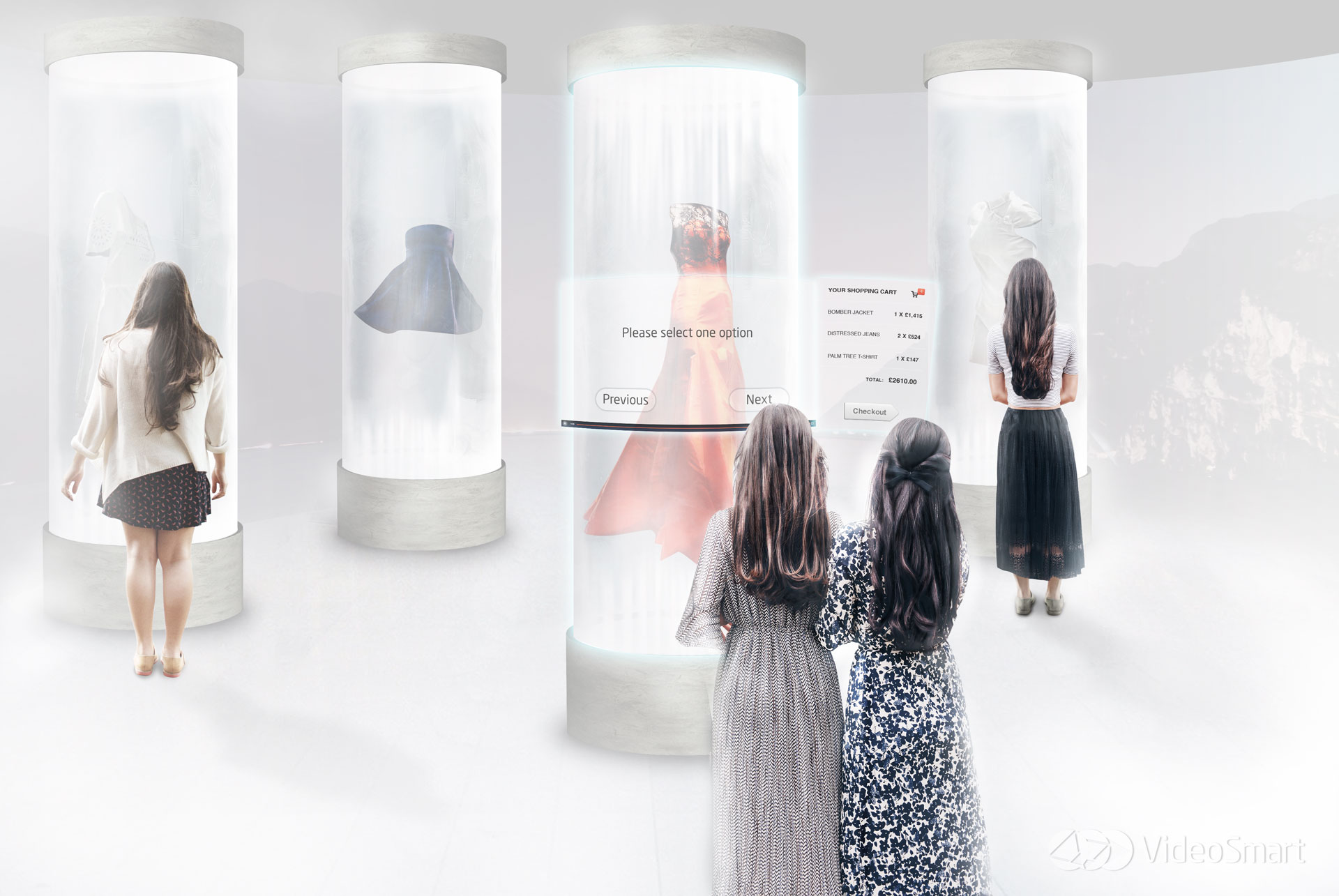GDPR - 4 Tips To Alleviate (Data) Trust Issues

GDPR - Data Security
The digital era – we all know it’s here, and it’s here to stay. The pressure is mounting to serve customers personalised content. But with GDPR comes enhanced data security regulations, meaning the customer holds the cards.
Not everyone is inclined to share their data and are rightfully entitled to say ‘no, thanks’ to marketing.
So, how can we personalise communications using customer information, without creating data trust issues?
Improve data literacy
This refers to organisations being transparent with how customer data is used. According to research by the Chartered Institute of Marketing (2017), 9 in 10 consumers don’t fully understand how organisations use their personal data.
Luckily, a big part of this will be tackled by GDPR as information about how data is used will be readily available to customers.
However, it is also important that in order to create data literacy, brands should place a prominent terms and conditions feature on their website, or include a designated data policy webpage. As for the content placed here, keep it on topic and keep it simple.
Create brand trust.
It sounds simple enough – gain customers’ trust. This week, a report was published by YouGov, the Open Data Institute, stating that the British public are more willing to hand over personal data to organisations they know.
Survey results show 64% of participants would share data with an organisation they have heard of, compared to just 36% for an organisation they don’t know.
So, build a rapport with your customers and prospects and ramp up the advertising to become a recognised name.
Remember; in order to establish trust, it is first important that you be trustworthy. This means you should be forthright with all your dealings and for brands, this means honesty in data handling.
State the benefits of sharing.
Third - provide a service or communications that customers want to receive, explain how it benefits them and make consumers understand why their data is needed to create it.
The most effective way to communicate benefits is through video – engaging, visual and snappy.
Why not tease customers with a personalised video tailored specifically to their likes and preferences, but then explain such content wouldn’t be possible without their data?
Reassure them that data is kept safe.
Finally, and most importantly, if consumers can be reassured that their information will remain secure, it is a fair assumption that they will be less concerned about handing that information over.
By being transparent, brands can prove that personalisation and data are a winning formula. And don’t forget, GDPR requires a business to delete information immediately on request, so any concerns can be alleviated faster than ever before.
The abovementioned tools all seem like simple precepts to follow, and they are.
It is no secret that data sharing can drive innovation and make hugely positive changes to customer experiences, but if you don’t explain how the power of data is harnessed and demonstrate a genuine value exchange, then there is a chance that you will miss out.
Don’t let GDPR be a barrier
So, a closing message to all brands: don’t let GDPR be a barrier, let it be the opportunity to build trust with your customers.
After all, the key to excellent marketing is personalisation; and the key to personalisation is data.

.png)
